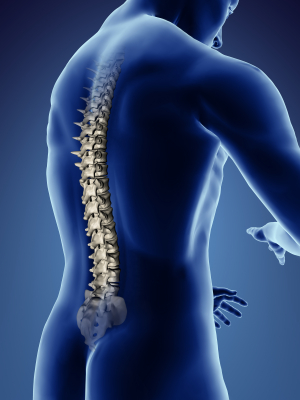Mesoblast Stem Cell Treatment For Disc Repair Back Pain Relief
Today, the only option for patients suffering from chronic, progressive, or severe pain due to degenerating intervertebral discs is a major back surgery which most patients do not want to undergo. One reason is that it is very expensive and getting rid of the pain forever is not a guarantee. There have been people who have undergone major back surgeries and still experience pain.
Mesoblast stem cell treatment for disc repair back pain relief, which is a non-surgical procedure, is an interesting back pain relief treatment which should be looked into. This is a great option especially for patients who do not want to undergo a major back pain surgery.
Mesoblast Stem Cell Treatment For Disc Repair Back Pain Relief
Mesoblast Stem Cell Treatment For Disc Repair Back Pain Relief Is Another New Option For Back Pain Sufferers
Global regenerative medicine company Mesoblast Limited (ASX:MSB) today announced that its Phase 2 clinical trial investigating the use of allogeneic, or off-the-shelf, Mesenchymal Precursor Cells (MPCs) for non-surgical restoration of degenerated intervertebral discs and treatment of low back pain has enrolled 50% of the total study patients. This rapid rate of enrolment attests to the major unmet medical need and to the relative simplicity of Mesoblast’s non-surgical procedure. Mesoblast expects to complete full enrolment by early third quarter.
Up to 15 per cent of people in industrialized countries have chronic low back pain lasting more than six months. For those with progressive, severe and debilitating pain due to degenerating intervertebral discs, the only current option is major back surgery involving spinal fusion, artificial disc replacement, or other surgical procedures. Avoidance of surgery and its complications is a major objective of any new treatment for degenerative disease of the spine.
Mesoblast is developing a non-surgical adult stem cell treatment for these patients using a simple intervertebral disc injection of allogeneic MPCs that takes less than 15 minutes in an outpatient setting. The Phase 2 clinical trial design, endpoints and dose ranges are based on Mesoblast’s successful preclinical study using allogeneic sheep MPCs for non-surgical restoration of damaged intervertebral discs.
Full results of Mesoblast’s successful study were published in the March 2012 issue of the Journal of Neurosurgery, the premier peer-reviewed neurosurgical forum. The scientific publication, entitled “Immunoselected STRO-3+mesenchymal precursor cells and restoration of the extracellular matrix of degenerate intervertebral discs.”
The peer-reviewed publication showed that a single non-surgical injection of Mesoblast’s allogeneic MPCs into damaged intervertebral discs resulted in significant regeneration of disc anatomy, increase in proteoglycan content, and increase in disc height, for at least six months. The lowest dose of MPCs caused the damaged discs to become statistically equivalent to the non-degenerated normal control discs at six months when evaluated by MRI and histopathological analyses; in contrast, the degenerated discs treated with nothing or the carrier control remained statistically worse in each parameter tested than the non-degenerated normal control discs.
Mesoblast’s double-blind, placebo-controlled Phase 2 clinical trial is being conducted at 15 sites across the United States, and will randomize a total of 100 patients with intervertebral disc disease to receive a non-surgical, percutaneous injection into the intervertebral disc of either low or high dose MPCs with hyaluronic acid carrier, hyaluronic acid carrier alone or saline alone. The trial aims to extend Mesoblast’s preclinical results, and show that a single MPC injection can reduce low back pain and improve function over six months, improve disc anatomy, and eliminate the need for a surgical procedure.
People are still waiting for medical breakthroughs that can best address back pain relief. Mesoblast stem cell treatment for disc repair back pain relief is still under the microscope but it does show a great promise. I hope this back pain relief treatment option is successful. We shouldn’t stop looking for solutions to problems because it’s not just about finding one solution but different options especially for people who need back pain relief treatment.
If you liked this article and think this may be helpful to someone you know, please like and share it on Facebook by clicking the buttons below.
You might also like:
Tags: Disc Repair, Disc Repair Back Pain Relief, Mesoblast Stem Cell Treatment, Mesoblast Stem Cell Treatment For Disc Repair Back Pain Relief, pain relief















